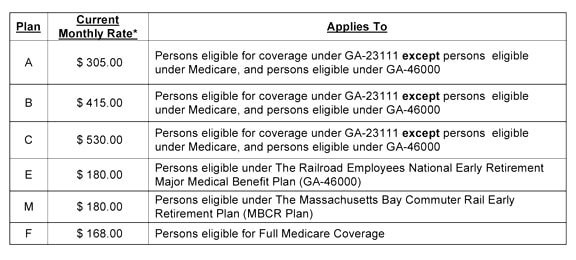WASHINGTON – The U.S. Surface Transportation Board says it will hold a hearing Dec. 9 to review certain exemptions from economic regulation afforded railroads – specifically, commodity exemptions, boxcar exemptions and intermodal trailer and container exemptions.
The exemptions from STB rate and service oversight were first imposed in 1976, and modified in 1980 following substantial deregulation of the rail industry by the Staggers Rail Act.
Creating those exemptions, said the STB, “fundamentally changed the economic regulation of the railroad industry. Prior to 1976, [the STB’s predecessor, the Interstate Commerce Commission] heavily regulated the industry. The ICC focused its regulation on ensuring equal treatment of shippers, which in some instances, led to railroad pricing decisions based on factors other than market considerations.
“These agency exemption decisions were instrumental in the U.S. rail system’s transition from a heavily regulated, financially weak component of the economy into a mature, relatively healthy industry that operates with only minimal oversight,” said the STB in announcing the hearing.
“The transition, however, was not without challenges, sometimes because an exemption … excuses carriers from virtually all aspects of regulation, even though the STB’s continuing jurisdiction over exempted movements also extinguishes any common law cause of action regarding common carrier duties,” said the STB.
“In recent years, the STB has received informal inquiries questioning the relevance and/or necessity of some of the existing commodity exemptions, given the changes in the competitive landscape and the railroad industry that have occurred over the past few decades,” said the STB.
“The STB will, therefore, hold a hearing to explore the continuing utility of and the issues surrounding the categorical exemptions.”
The Journal of Commerce reported Oct. 21 that the decision to hold the hearing followed a September promise to the Senate Commerce Committee by STB Chairman Dan Elliott that the STB would begin an examination of past regulatory practices.
